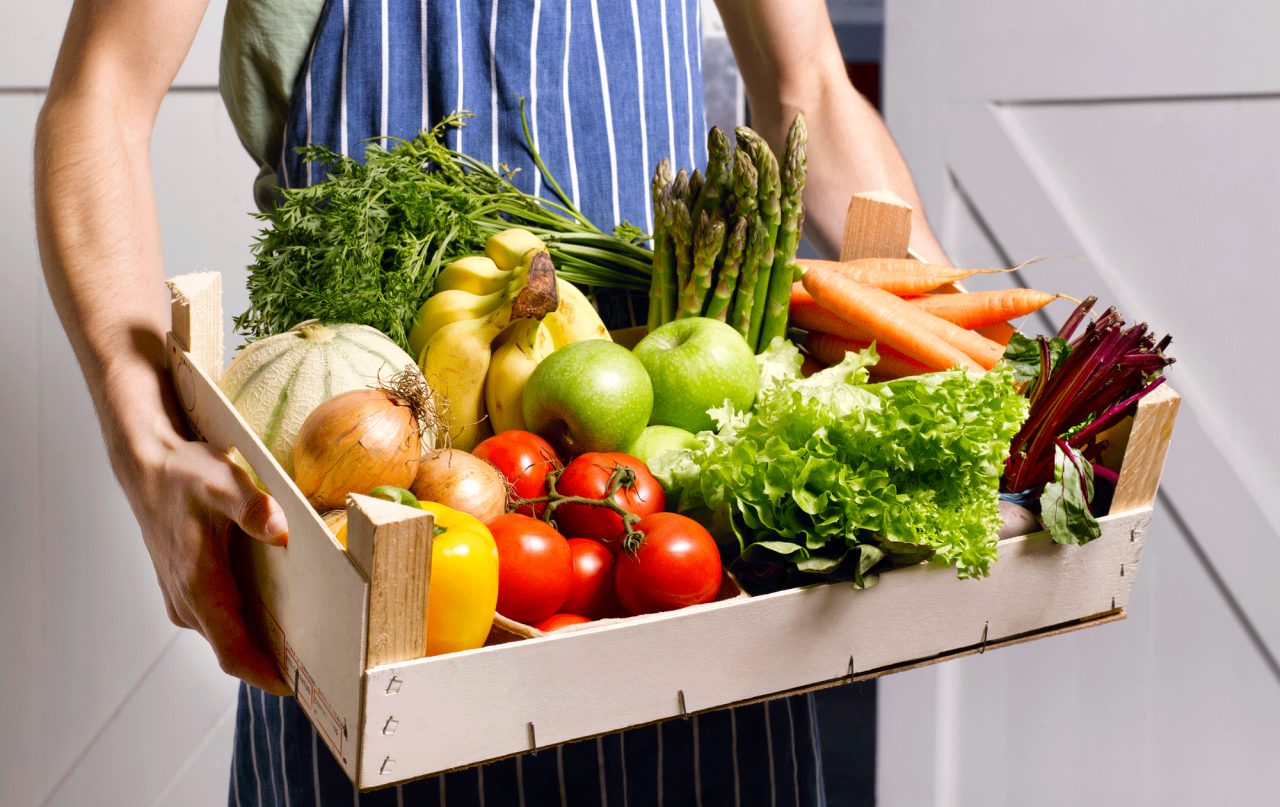Best and Worst Foods for Your Liver

Your liver is critical for good health. It filters toxins and helps digestion. What you eat or don’t eat can help maintain and even improve liver health.
Your liver is of the most important organs in your body, performing several tasks needed for health and, ultimately, life. So, whether you have a known liver problem or not, knowing how to protect and even potentially improve the function of your liver makes sense. That includes understanding the best and worst foods for your liver.
Weighing about three pounds in the average adult, your liver is located behind your lower ribs, on the upper right side of your body. The organ stores nutrients and produces bile (a solution needed to digest fats and eliminate waste products). Your liver also processes and filters chemicals in food, medications, and alcohol.
Medical problems that affect your liver include nonalcoholic fatty liver disease (NAFLD), cirrhosis, heptitis B, and hepatitis C infections, and liver cancer.
However, whether your liver is healthy — and you want to keep it that way — or you need to the best diet possible to help treat a liver condition, paying attention to the best and worst foods for your liver can help.
YOU MIGHT ALSO LIKE: Signs of Fatty Liver
Best and worst foods for your liver to prevent and treat fatty liver
NAFLD is a condition marked by excessive fat in your liver. It’s not caused by alcohol abuse but primarily by lifestyle, such as being overweight, often due to an unhealthy, high-fat diet.
NAFLD is anything but rare. In fact, the National Institute for Diabetes and Digestive and Kidney Diseases (NDDK) estimates between 30 and 40 percent of U.S. adults have it. You may not have any symptoms but be diagnosed due to the results of lab work at a check-up that show elevated liver enzymes.
Simple fatty liver is a form of NAFLD in which you have a fatty liver, but little or no inflammation or liver damage and no apparent symptoms. But, sometimes, NAFLD progresses to nonalcoholic steatohepatitis (NASH), a form of hepatitis (inflammation of the liver that can cause scarring, raising your risk for cirrhosis and even liver cancer).
Whether you have a healthy liver and want to prevent NAFLD, or you already have NAFLD or NASH, the NDDK has recommendations for the best and worst foods for your liver:
- Limit your intake of saturated fats (found in meat, poultry skin, butter, lard, shortening, and full-fat dairy products).
- Avoid trans fats. Read labels and skip foods that list hydrogenated or partially-hydrogenated oil on the label, such as crackers and snack foods, commercially baked goods like cakes and cookies, and fried fast foods, like French fries.
- Avoid foods and drinks that contain large amounts of simple sugar, especially fructose. Researchers have found fructose raises the risk of NAFLD.
- Avoid heavy alcohol use, which is toxic for your liver. For men, heavy alcohol use is defined as more than four drinks per day or more than 14 drinks per week. For women, heavy alcohol use is more than three drinks daily or more than seven drinks per week.
- Opt for healthy fats for cooking and salad dressings. Choose monosaturated fats found in olive, peanut, and canola oils and polyunsaturated fats like corn, soybean, and safflower oils.
- Emphasize foods rich in omega-3 fatty acids, a type of fat that not only can benefit your liver but also may reduce your risk of heart disease (which rises with NAFLD). Sources include oily fish such as salmon and walnuts and flaxseed oil.
- Eat more low glycemic foods (which do not raise blood sugar), such as most fruits, vegetables, and whole grains. Reduce or eliminate high-glycemic foods, which raise blood sugar, including white bread, pastries, and potatoes.
Serious liver disease needs serious attention to your diet
Cirrhosis and liver cancer are two of the most serious complications of liver disease. Cirrhosis involves loss of liver cells and scarring of the liver. Alcoholic liver disease (damage to the liver and its function resulting from alcohol abuse) can progress to cirrhosis. Viral hepatitis B and C are other common cause of cirrhosis and, sometimes, NFLD can progress to cirrhosis, too.
In addition, having hepatitis B virus or hepatitis C virus infections raises the risk for liver cancer. So does what you eat and drink. Heavy alcohol use and obesity are also associated with an increased risk of liver cancer.
If you have cirrhosis, the NDDIK advises working with your doctor or a nutritionist to plan a healthy, well-balanced diet. You should limit salt in your diet and, depending on your individual case and advice from your doctor, you may need to limit your intake of foods high in fats or protein.
It’s also important to avoid eating undercooked or raw shellfish, fish or meat because bacteria or viruses in these foods can cause severe infections if you have cirrhosis. And completely stop drinking all alcohol to help avoid more liver damage.
Updated:
June 24, 2020
Reviewed By:
Janet O'Dell, RN